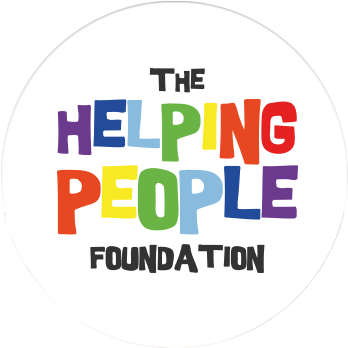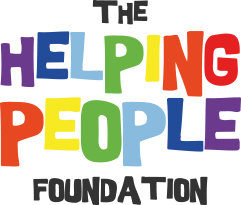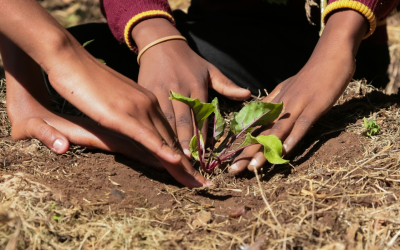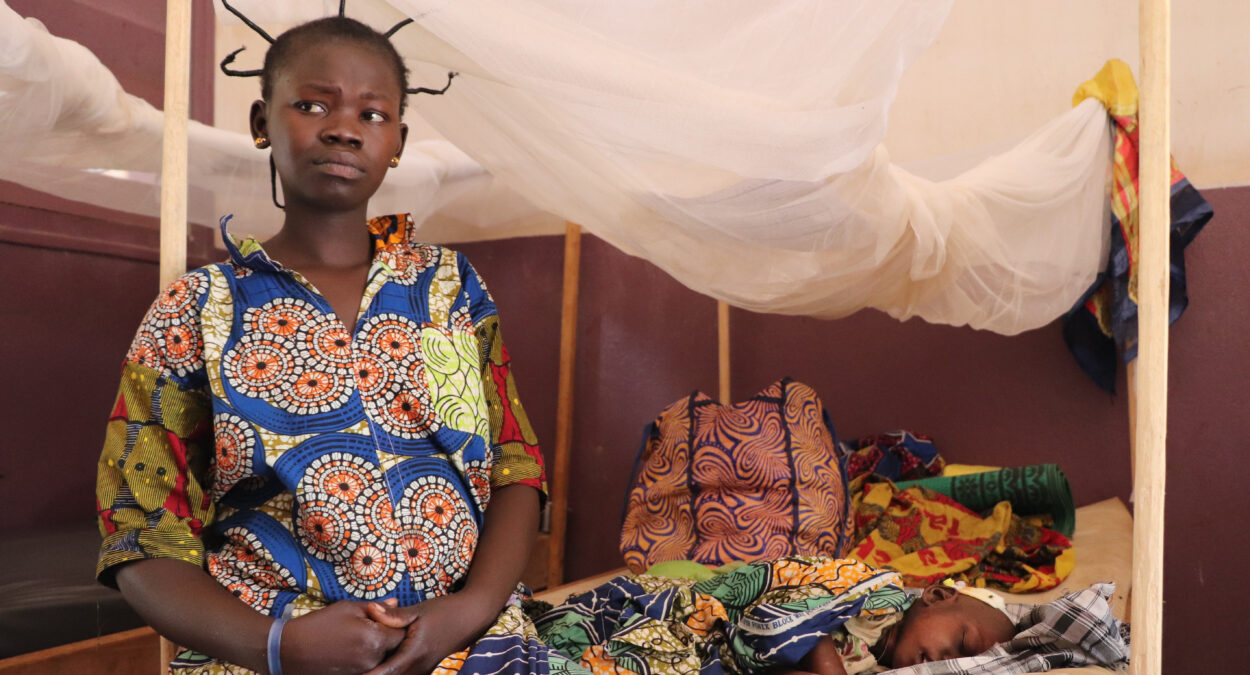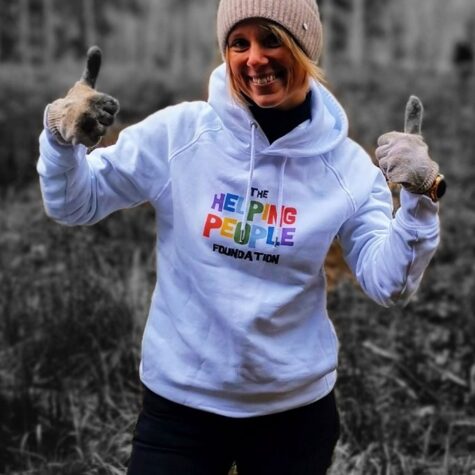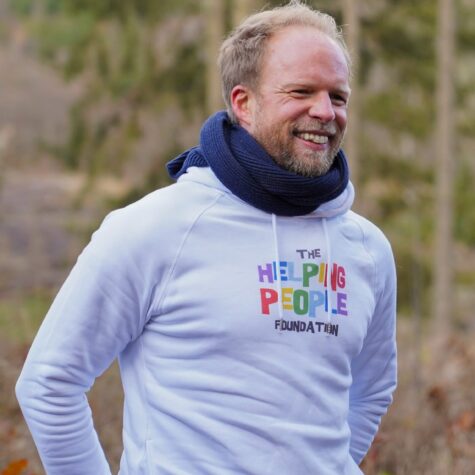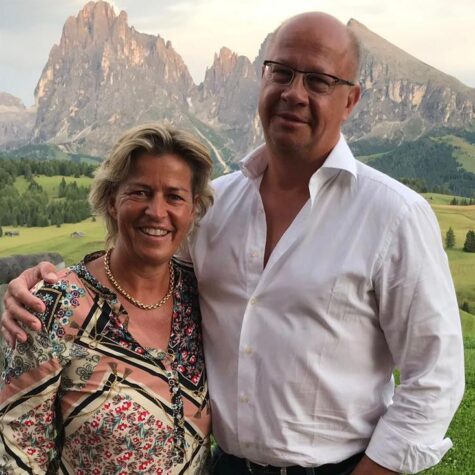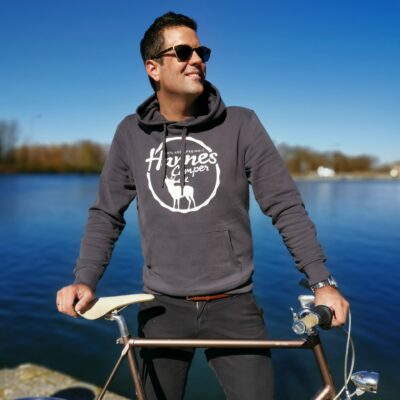THE PROJECT IN A NUTSHELL
Area of activity: Central African Republic, Bossangoa
Donation volume:
The project volume in 2021 was €500,000, funded by The HELPING PEOPLE Foundation. Focus of the donation is the treatment of malaria in children.
Organisations involved:
A project by and in implementation by Medicins sans Frontieres.
IN DETAIL
Residents of the region, focus on children
The health system is dilapidated due to the civil war. There is a lack of qualified staff and equipment. As a result, important vaccinations for children are low. Breeding ground for contagious diseases such as measles and meningitis, which often result in death. The immune system of young children, in particular, is not strong enough to withstand more severe diseases in the humanitarian emergency.
Malaria is the main cause of death in the Bossangoa region.
At the hospital in Bossangoa, Doctors Without Borders E. V. provides extensive medical care from the emergency room to the paediatric ward, with the aim of constantly improving medical care, helping people and reducing the death rate.
In addition, the offer is extended by a mobile team. Travelling in the region is dangerous. Outpatient care in the villages brings help to the people, who need it so badly. Targets
- The survival rate for malaria diseases in young children has increased.
- Durch ein Früherkennungssystem in den Dörfern, können Bewohner:innen selbst Malaria Erkrankungen erkennen.
- Making sure that the medical staff is well-trained and prepared for difficult courses of disease.
